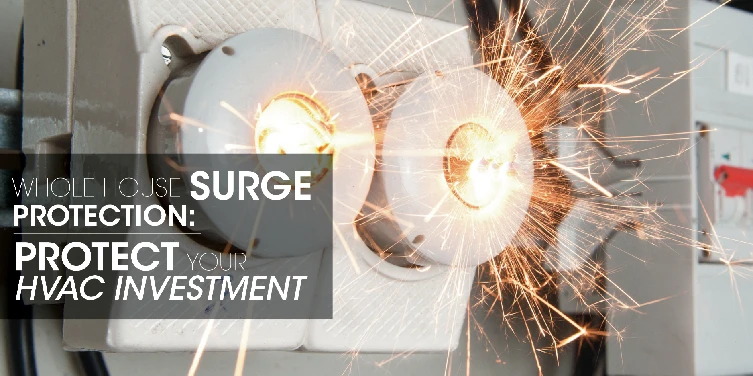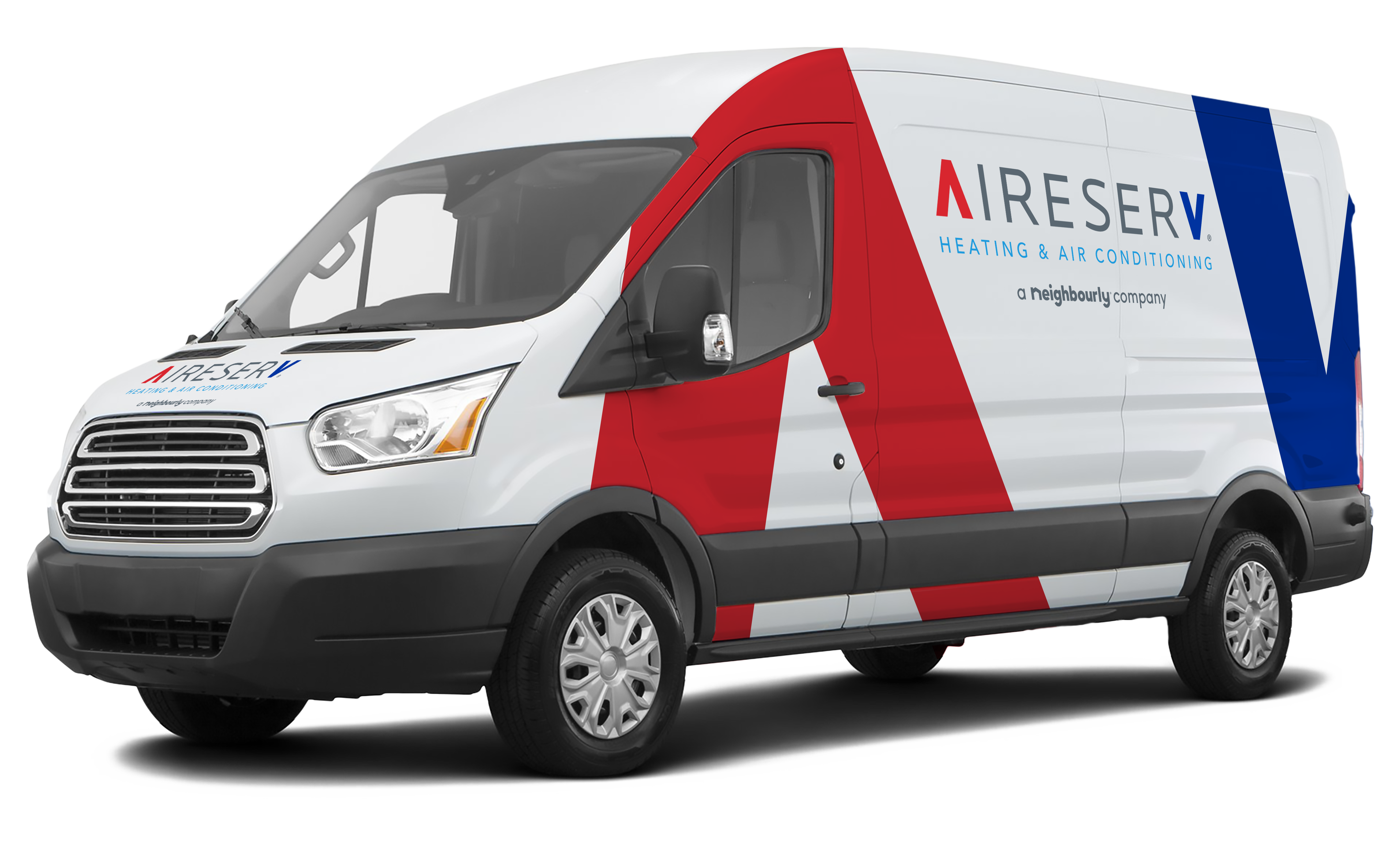
If you make preventative maintenance a priority for your heating and air conditioning (HVAC) equipment, you probably recognize the important role that proper care plays in prolonging your equipment’s lifespan. But have you thought about how power surges affect your HVAC equipment? A whole house surge protector could be the solution you’re looking for to safeguard your equipment.
Surge Protection 101
If you’re a savvy electronics owner, you probably keep your desktop computer, home entertainment equipment and other sensitive devices plugged into a surge protector at all times. As you might already know, an ordinary power strip and one that provides surge protection are a world apart. Make sure the power strips you use aren’t just glorified extension cords, but that they actually protect against power surges.
The purpose of any surge protector is to defend appliances and electronics against sudden jolts of electricity that could shorten their lifespan or fry them completely in one fell swoop. The quick solution you might come up with is to simply equip every outlet with a surge protector and voilá: you’ve got makeshift surge protection for every electronic device in the house.
That’s one way to do it, but a more convenient, all-encompassing approach is to install a whole house surge protector at the breaker panel.
Sources of Power Surges
Most people think dramatic lightning strikes are the major cause of power surges, but in 80 percent of cases, short, intense bursts of electricity are caused from right within the house. If you’ve ever noticed the lights flicker when you turn on the blower dryer, vacuum cleaner or air conditioner, you’ve seen these surges in action. It’s unlikely a single mini-surge will fry your electronics, but repeated electricity fluctuations add up over time, degrading equipment performance and cutting their lifespan short.
Over voltages from the utility line can also harm circuit boards, a prime reason to install a whole house surge protector at the breaker panel. Back-up power generators are another culprit. If you have one that’s set to turn on automatically when the power goes out, it can send a power surge through multiple circuits, damaging the very equipment you hope to continue using during a blackout.
Whole House Surge Protectors Shield HVAC Equipment
Anything with a circuit board is subject to damage from a power surge. Not only does this include portable electronics, but stationary appliances as well, such as the washer, dryer, oven, air conditioner and furnace.
Whole house surge protection safeguards the wiring of every light fixture, electronic device and appliance in your home for peace of mind. In fact, not only does it shield your HVAC equipment from external power surges, but it also protects other devices from the surges your air conditioner and furnace produce each time they power on.
Are Point-of-Use Surge Protectors Still Necessary?
Don’t ditch your point-of-use surge protectors just yet! Layered protection provides the best results. After all, whole house surge protection is all about protecting electronics from surges created on a different circuit, but devices on the same circuit are still vulnerable.
For example, if you plug the vacuum cleaner into a circuit shared by your computer or DVD player, these devices could still experience power surges if not plugged into a surge protector. Comprehensive, layered protection helps every device that plugs into the wall perform better and last longer.
Clearly, coupling whole house surge protection with point-of-use surge protectors is the best way to safeguard your HVAC equipment and other electronics against power surges. For other tips about prolonging your HVAC system, contact Aire Serv®. For more information about whole house surge protection, contact Mr. Electric®.

